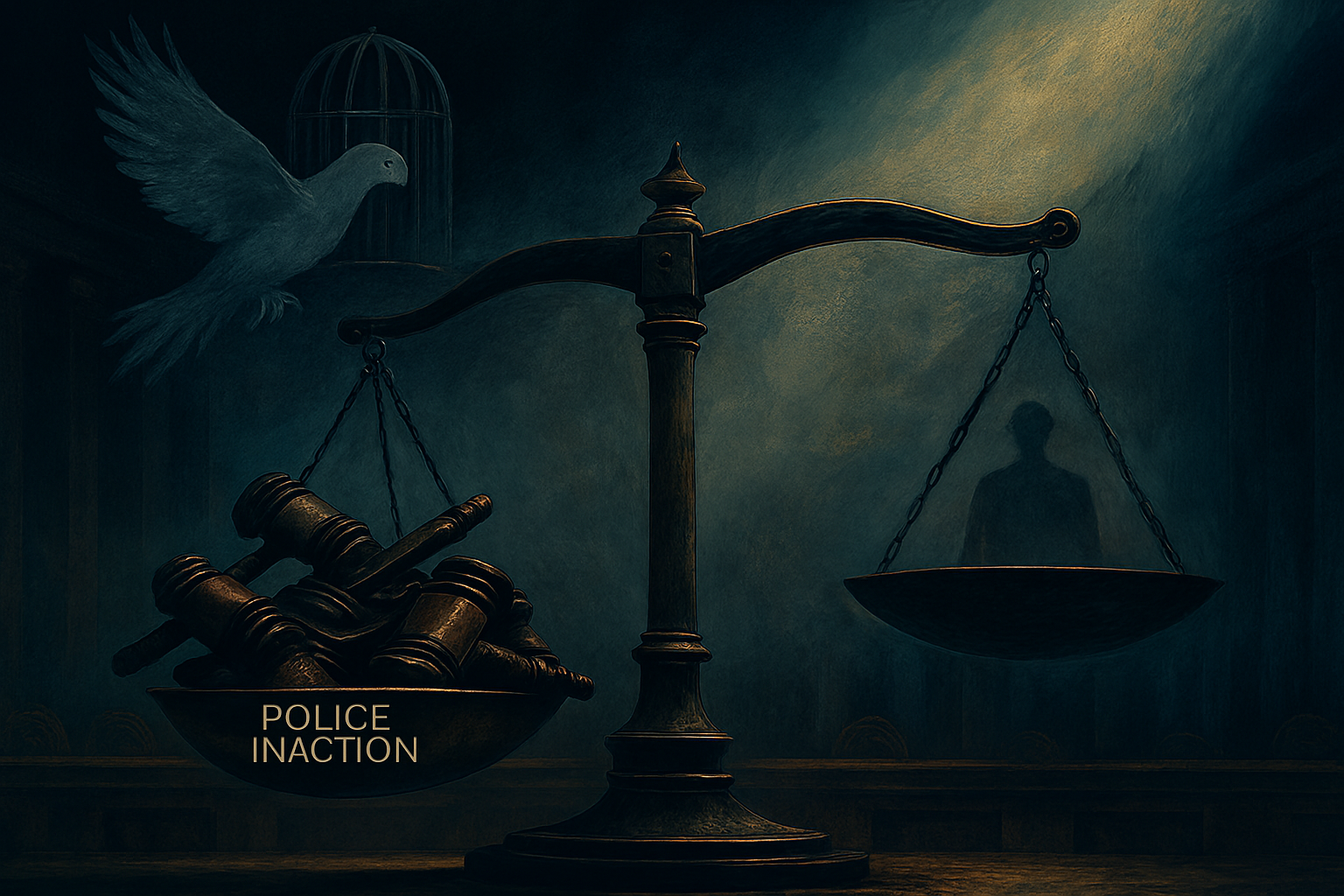A simple guide to the Karur stampede case and the Supreme Court’s decision. Understand why transferring the investigation to the CBI is creating a new debate about justice and accountability.
(Body)
Imagine a terrible tragedy where 41 people die in a crowd crush at a political rally. Everyone wants to know: who is responsible? The recent decision by India’s Supreme Court to give this investigation to the CBI (Central Bureau of Investigation) was supposed to bring answers. But instead, it has started a new debate. Let’s break down why.
What Happened in Court?
- The Trigger: A judge in the Madras High Court made very strong comments against the politician (Vijay) whose party held the rally. The Supreme Court felt these comments were unfair because he wasn’t even officially a party in that specific case.
- The ‘Fix’: To fix this, the Supreme Court transferred the entire case to the CBI and set up a committee to supervise the probe. They called this an “interim relief,” meaning a temporary solution.
So, What’s the Problem?
- The ‘Temporary’ That is Permanent: Even though it’s called “interim,” handing a case to the CBI is pretty permanent. Once the CBI finishes its investigation and files its report, the state police cannot take the case back. So, a temporary order has a permanent effect.
- The Gag Order Concern: The Supreme Court said that when state police officials held press conferences to show video evidence and counter false rumors, they were being partial. Critics ask: Should the government not be allowed to present facts and defend itself against viral conspiracy theories? Silencing them might not be the right answer.
- Missing Piece: The Organizer’s Role: The court’s order talks a lot about how the police failed to manage the crowd. But it says almost nothing about the duty of the party (TVK) that organized the rally. A fair investigation should look at both sides equally. By focusing only on one, the court might be seen as pre-judging the outcome.
- The Irony: The Supreme Court itself once called the CBI a “caged parrot” referring to its lack of independence. Furthermore, it used an old judgment that warns against sending every case to the CBI just because someone complains about the local police. This seems to contradict its own current reasoning.
The Bottom Line:
Everyone agrees that those responsible for the 41 deaths must be held accountable. The goal is to find the complete truth and ensure such a tragedy never happens again. The worry is that the current legal battle, meant to bring clarity, might end up creating more confusion about who is truly responsible.
